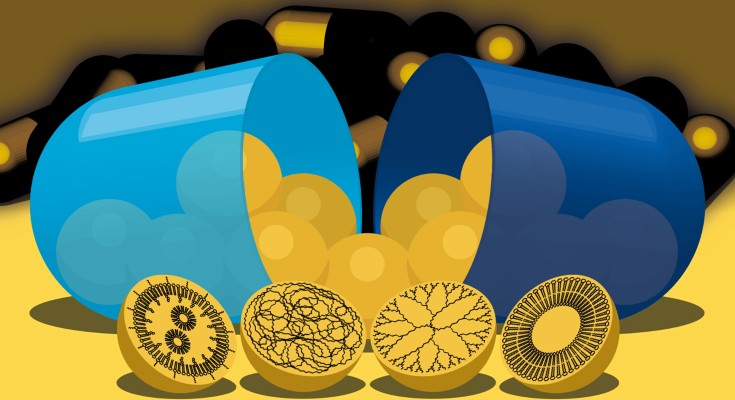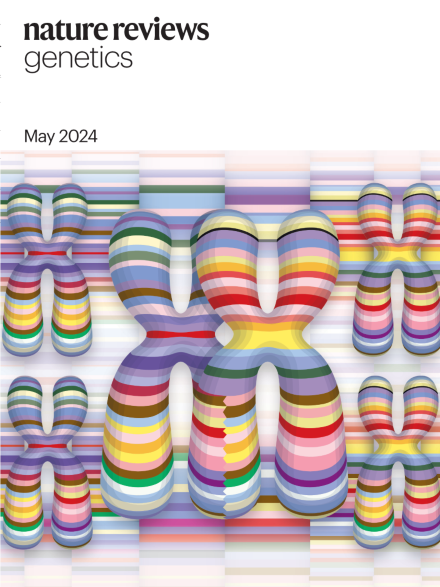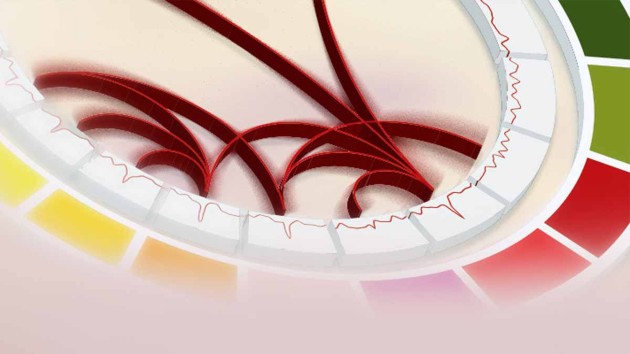
Drug delivery systems for RNA therapeutics
The authors describe emerging RNA therapies and design considerations for their respective delivery platforms, including polymer-based, lipid-based and conjugate-based drug delivery systems.

The authors describe emerging RNA therapies and design considerations for their respective delivery platforms, including polymer-based, lipid-based and conjugate-based drug delivery systems.


Targeted genome modification using CRISPR–Cas genome editing, base editing or prime editing is driving base research in plants and precise molecular breeding. The authors review the technological principles underlying these methods, approaches for their delivery in plants, and emerging crop-breeding strategies based on targeted genome modification.
